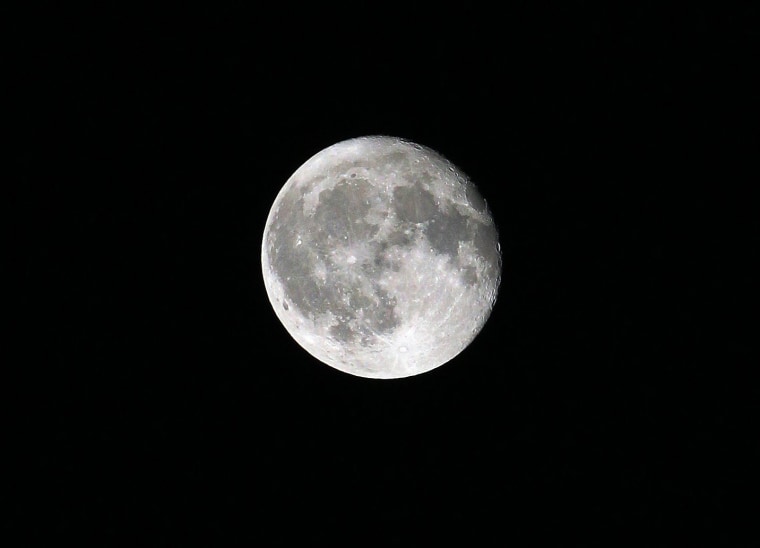It might sound like a plot cooked up by a cartoon villain, but a city in southwestern China is aiming to launch into space an artificial moon that could replace streetlights by bathing the ground in a “dusk-like glow.”
City officials in Chengdu said they plan to launch the so-called illumination satellite in 2020, the Chinese news site People’s Daily reported. The audacious plan was announced by Wu Chunfeng, chairman of the Chengdu Aerospace Science and Technology Microelectronics System Research Institute Co., a private company, at an Oct. 10 event in Chengdu.

In an interview with China Daily, Wu said the satellite’s mirror-like exterior would reflect sunlight down to Earth, creating a glow about eight times brighter than the moon. The artificial moon, which he said would orbit about 500 kilometers above Earth, could save $174 million in electricity from streetlights.
Not much else is known about the illumination satellite, including its size or cost. It’s also unclear whether introducing another light source in the sky would adversely affect the local population or wildlife — perhaps by disrupting the daily light-dark cycle.
This isn’t the first time the idea of putting new light sources into space has been floated.
In the 1920s, a German physicist named Hermann Oberth proposed the idea of using a space-based mirror to reflect light to Earth. Nothing came of that idea. But seven decades later, on Feb. 4, 1993, Russian cosmonauts released a small experimental mirror from the Mir space station, Bruce Hunt, an associate professor of history at the University of Texas at Austin, told NBC News MACH in an email.
Dubbed Znamya, the mirror briefly reflected a beam of light to Earth that was two to three times as luminous as the moon, The New York Times reported at the time. A few days later, the mirror burned up as it re-entered Earth’s atmosphere.
But despite the long interest in such ideas, Hunt, who specializes in the history of science and technology, is dubious of the Chinese project.
“I don’t think space mirrors would be very practical because I doubt they could be reliably steered to light just desired areas, they would contribute a lot of light pollution (astronomers would be very unhappy with them), and even then they would not provide enough light to obviate a demand for ground-level lighting,” Hunt said. “Space mirrors strike me as a solution in search of a problem.”
William Schonberg, a professor of civil engineering at the Missouri University of Science and Technology, said he’s intrigued by the idea — but raised similar concerns.
“What happens when the 'light' burns out (i.e., the reflector degrades to where it no longer functions)?” Schonberg told MACH in an email. “On the environmental side is the concern about light pollution. Will residents of the illuminated city no longer be able to see the night sky? How much spillage will there be to neighboring cities, and how will that affect their ‘night vision’?”
Want more stories about the moon?
- China plans historic mission to the moon's 'dark' side
- New NASA video shows our moon in stunning detail
- Scientists discover water ice on moon's surface. Here's why that's big news.

